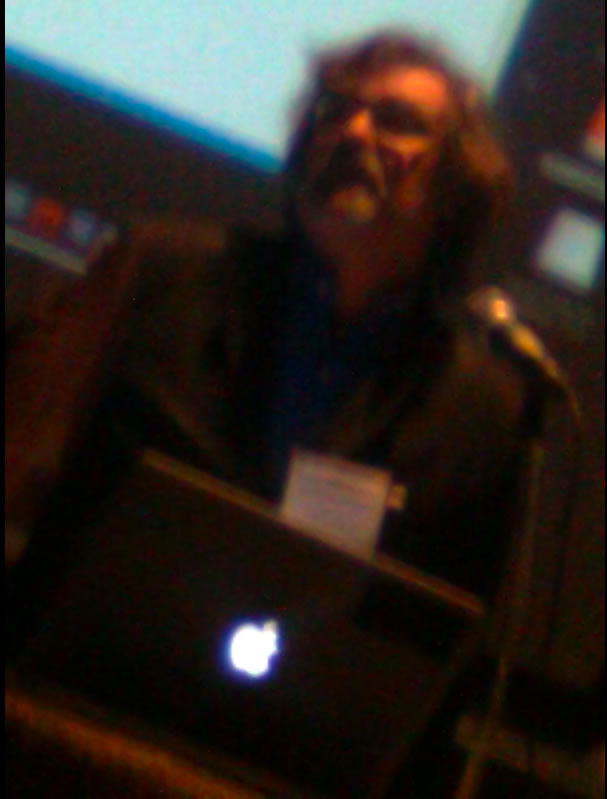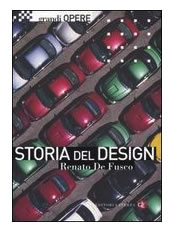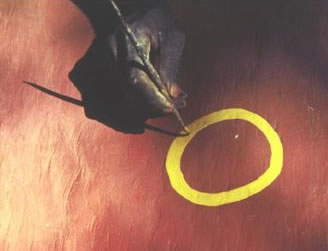
Home Publications Lectures ITRevolution
Antonino Saggio I Quaderni
IN Formation

Guest Lecture Acadia New York:
"Information is the Raw Material of a New Architecture"
Antonino Saggio
published in the proocedings of Acadia 2010

"grandfather, father and brother researchers ... " Nancy Yen-wen Cheng
Special Thanks to Aaron Sprecher and Pablo Eiroa
(by the way we Made other ten books in Italian )


AS, INFORMAZIONE MATERIA PRIMA DELL'ARCHITETTURA
Op. Cit. n. 118, September 2003 (pp. 5-10).
The brief of this 2010 Acadia conference is Life in Formation: On Responsive Information and Variations in Architecture, and it will discuss “on the influence of computing and its impact on the changing nature of information”. But at this point an interesting question should be answered. What is information? What is its specific significance in the area of information technology?
Ante fatto, .. L'informazione è la materia prima della nuova architettura.
Working on a Definition

1. a datum is the minimum element that modifies a previous situation (the land “was” brown and now has a white circle).

Now I can proceed to the second formulation:
2. a datum is the objects of multiple conventions. This means a datum must be associated with a well-defined convention in order to have any meaning.
Applying convention to a datum begins the “formation” of a world. This word “formation” is important and leads us to the center of the problem and the third formulation:
3. information is the application of a convention to a datum.
Now Look this picture
and let’s ask “What is it?”

Depending on the convention we choose to adopt, that oval could be: a group of smaller points; a letter of the alphabet; the number 0; an oval (mathematically defined); the two-dimensional projection of a volume; a whole note; a “sprite” in a montage; or even a symbol for something else. All this “depends” on the convention. Our definition functions excellently in this second meaning.
The fundamental passage is that the world of information technology is a world already formalized from the start! In other words, the earlier question, “What is it?” (referring to the small drawing of the oval) is inconceivable because in information technology “we know right from the start the conventional system within which we are moving.”
So here is the fourth formulation:
4. in information technology, data do not exist, but instead only and always information.
Information technology has a well-known, close relationship with the electrical data of the computer that are in fact “data”: either they are there, (On = 0), or they are not there, (Off = 1)
5. if in information technology, data do not exist but only information, then in information technology everything is information. This formulation touches on the crux of the problem and takes into account that information is truly “in formation,” in constant, dynamic, inexhaustible moving and becoming! It also defines the territory where this occurs as precisely the electronic territory.
At this point, it is useful to refer to the Oxford English Dictionary: “inform” means “put into form” and information is the “action” of this putting into form.
From this definition comes a new decisive proposition. If, in information technology, everything is “in formation,” then 6. the taking shape of information is defined as modeling and finds its expression in the creation of models, a term we will discuss shortly.
Thus, the model is the form assumed by information, the form into which information becomes “modeled.”
Raw Material
Many families of models exist in information technology. The simplest is represented by the spreadsheet that links pieces of information to one another via mathematical formulas, allowing constant updating of all values based on variations in only one piece of information. This invention has had consequences in a broad field of activities, from financial to construction. Above all, it represents the advent of a generalized way of thinking “What … if” or rather “What” happens in my model “if”? For some time, “spatial and architectural” models have existed that dynamically link the geometric, spatial, constructive, and even performance information of a project so that varying one datum makes it possible to verify “in a cascade” what will happen in all the interconnected areas of information in the project system.
In this context, as we will see more clearly, a design project tends to function like a group of equations representing specific sub-areas of the project. Defined forms are not designed, but instead “families of possible forms” that can vary within several parameters, substituting the geometry of Euclidean absolutes with topological families. Architectural design and thought thus moves within a network of these fluctuating, moldable bits of information like a system of interconnected equations that pass data back and forth between each other. To day more and more architects work with scripting first and visual programming after to produce a representation that is geometrical and mathematical at once. The infos resulting at the end of the process can be send to computerized machines to electronically produce concrete components of construction. This process tends to reverse the type of thinking that was usual for the architects of the past. A script generated form can be interrogated to understand what constructive, functional, bioclimatic characteristics it can effectively support. A cyclical process of hypotheses-test is generated in which the manipulation of the mathematical information are indeed the “raw material” of a radical new conception of architecture.
The new generation of architects is working to understand how these mutable, interconnected, dynamic models representing the heart of the IT Revolution could transmigrate into an architecture that would be their reification. If this research constitutes the horizon of a new phase of architecture, its raw material, the wellspring that feeds the research and moves in waves, whirlpools, eddies, and waterfalls, is called information, the raw material of a new phase in architecture.
English edition The IT Revolution in Architecture. Thoughts on a Paradigm Shift >> and >>